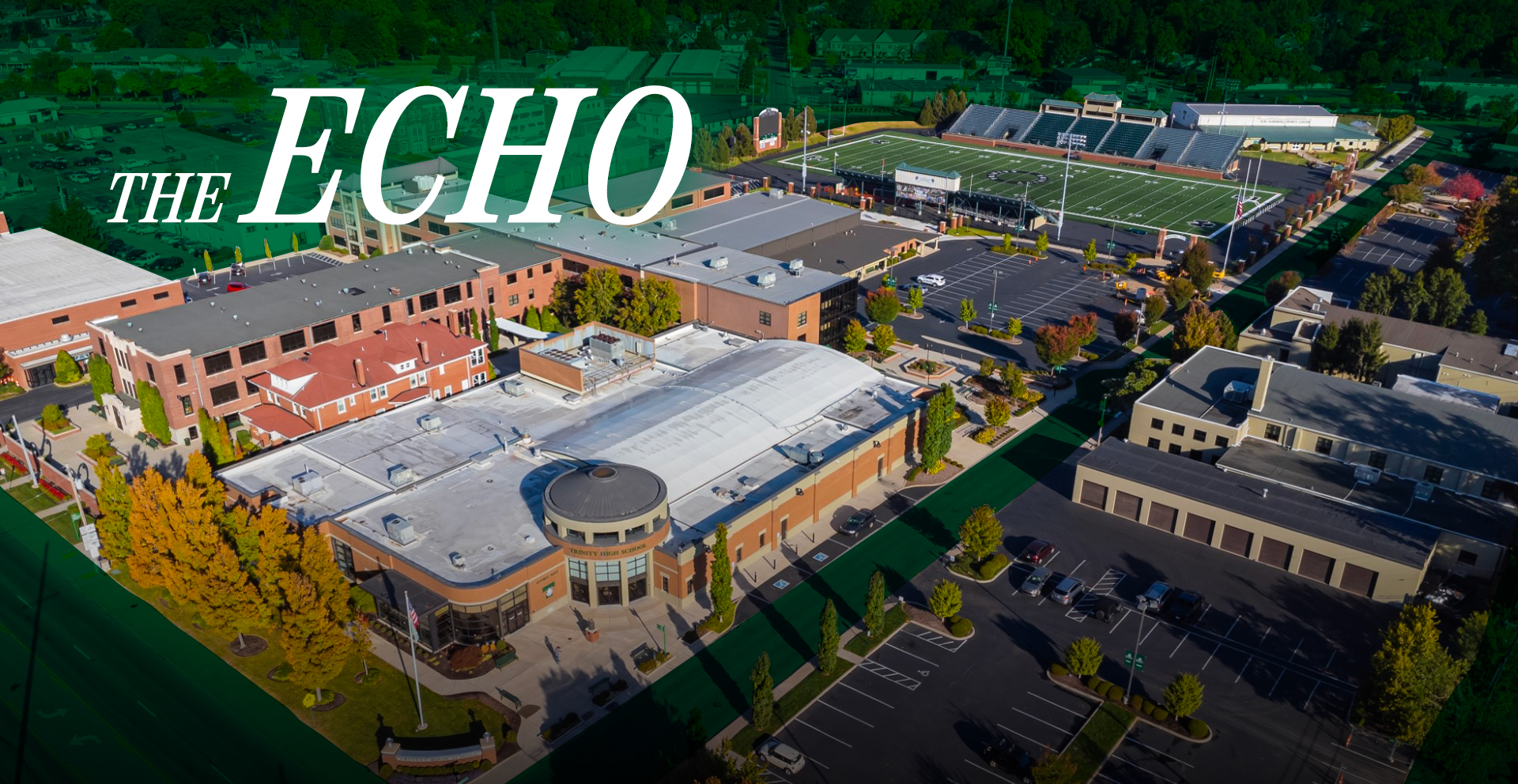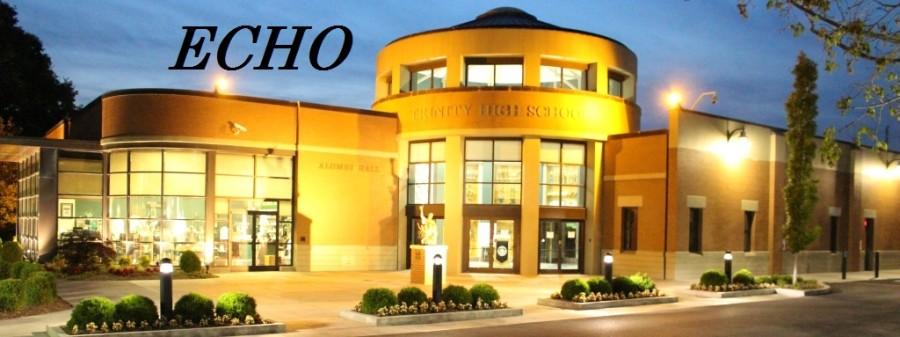Hardcore Music a Passionate Outlet
December 1, 2015
Music is a gateway to emotion — jazz for a smooth evening, rock and roll for a rebellious spirit, and hardcore to express anger, depression — and caring. I know what you may be thinking, “Hardcore? You mean ‘screamo’ or emo music?”
No, in fact, it is the opposite. Since the birth of punk in the late ’60s with the Sex Pistols, the music has morphed into many sub-genres. The scene first became popular in the early ’90s, during Nirvana’s time, taking musical influence from the Misfits and Black Flag and giving a very noisy introduction to hardcore music.
Tyler Short, a singer for local band Another Mistake, knows it better than most. Short was “dragged” to his first show when he was 17. He said, “I knew what it was when I was 16. I knew about Minor Threat and Black Flag from skating.”
Short was a skater back in the day and bought skateboarding videos, specifically “Reel to Reel,” from his local store. The people in the video skateboarded to Mötorhead and Bad Religion, so he liked the music and bought those CDs.
However, in the next “Reel to Reel” video, he heard a familiar voice. One of the guys skated to Embrace, Ian MacKaye’s short-lived band; MacKaye later sang for Fugazi.
Short said, “So I went to go buy an Embrace CD because I liked Minor Threat, and then I listened to it over and over again.”
Short did this for a while, dabbling in hardcore music. When given a chance to go to a show, Short thought, “Well, I want to go to the skate park, so I guess I’ll go to the show.” And he did. His first show was a Misfits cover band.
Short’s reaction: “These are bands I like! It’s happening right here. I just didn’t even know it.”
He went every weekend with dozens of other kids and screamed the lyrics with the singer. Short did this for years, until he played in bands and made new lifelong contacts.
Aside from being a fusion of metal and punk, what is hardcore? “It’s the coolest thing in the world,” Short said. “It’s a counter culture, not a sub-culture, and it’s like a community.”
Short makes a good point, and I have seen it. I was introduced to the scene by my ex-girlfriend. I gave her rides to the shows, as well as paid for our tickets. In my opinion, the music can at times be a little too much. I will also mention that it has contributed to my loss of hearing.
Hardcore definitely lives up to its name, and I’ll be honest, I was a little nervous when I went to my first show, seeing people tattooed on their necks and smoking in an alleyway behind Haymarket Whiskey Bar and outside the Fifth Street Spinelli’s.
But as I talked to these guys, I realized they aren’t as spooky or scary as they may appear at first. This is a stereotype I wish to swipe my hand through and clear up.
The majority of these people are great, funny, charismatic individuals who just dress funny. But more importantly, they’re there for socializing — and sympathizing. Some of these people suffer from depression and are trying to deal with emotional issues.
Society sometimes says, “Here’s some medicine; now get over it.” In a way the music is an escape and a way to meet others who may also be struggling, especially the people performing. Granted, today these issues are being brought to light more often than not.
Live, the music may sound like unintelligible yelling, but the lyrics discuss emotions. And it isn’t as whiny as pop punk. Sorry, I’m not a fan of pop punk. I digress, but my point is that compared to pop punk and punk, hardcore trumps those genres in its emotional output.
Although hardcore has been an underground scene, one local band now going on tour is Knocked Loose, which I had the pleasure of seeing. Their songs deal with emotional issues.
Lead singer Brian Garris has a little brother, Dallas. “He reminds me of myself, the same anger and passion I had when I was younger,” Short said.
Dallas has known the scene since he was little. “Brian brought me to my first show when I was 13, and I just clicked,” Dallas said. “I’ve been here about three years.”
In Dallas’s three years, he has contributed a lot to the scene. A few months ago Dallas started a project with many of his friends called Street Rat. He said, “The name came from Brian; he used to call me his little ‘Street Rat’ because I would help them out with equipment and stuff.”
But Dallas and Brian’s relationship never fully developed until Dallas’ first show. He said, “We never talked. We never wanted to do anything with each other, but hardcore brought us together. He’s my brother and my friend.”
Street Rat is made up of four dudes: Dallas (vocals), Tyler Wissman (bassist), Jared Carter (drums) and Austin Murray (guitar). Everyone except Dallas is out of high school.
I’m happy this culture exists, mostly because younger people are getting involved. Because of this, awareness groups such as Hope For The Day are getting attention. HFTD is a small group trying to bring awareness about suicide prevention — and trying to spread the word about the hardcore scene.

